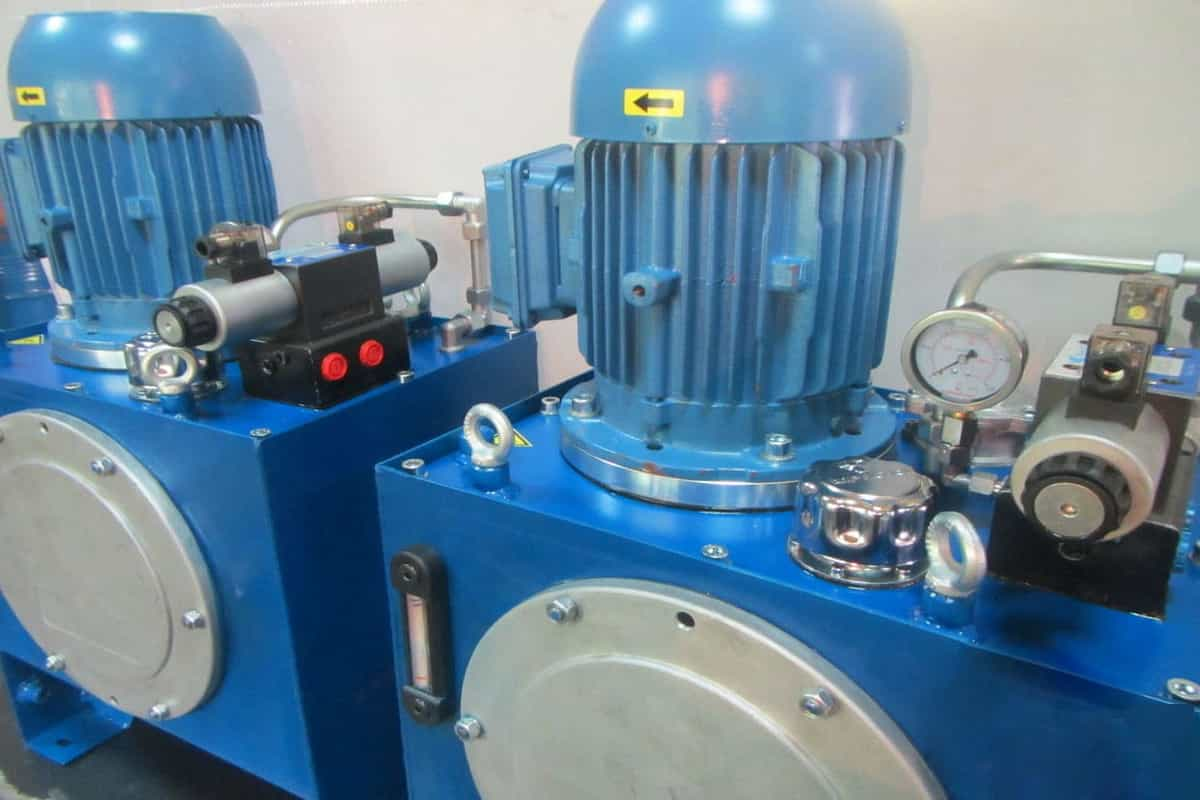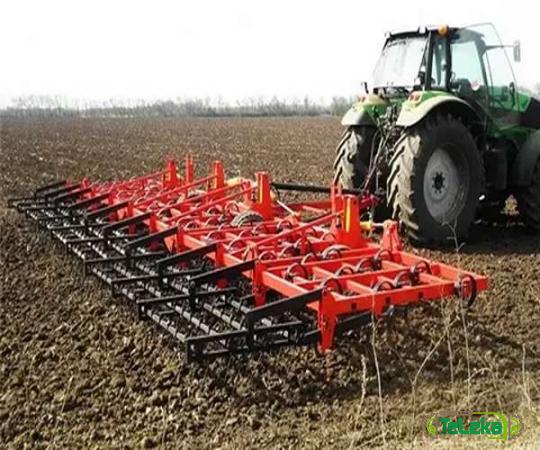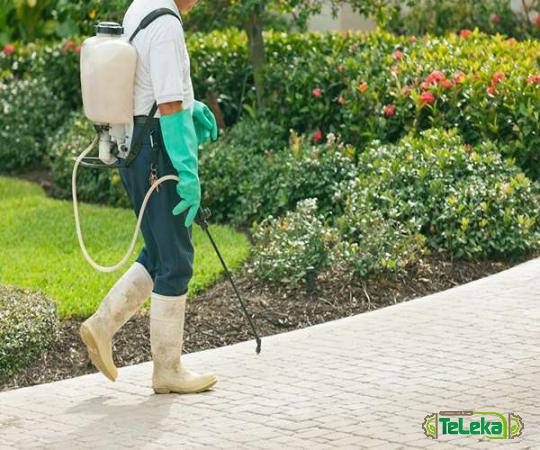Buy and price of heavy pump Bracket
In all the installation guidelines for the pumps, it is mentioned to use angle brackets
According to the power of the pump and the use of the pump, the materials used in these brackets will be different
heavy duty pump angle brackets
For example, to install heavy duty pumps, stainless steel brackets are used, while in lighter applications, brackets are often made of steel
The first item that you need to do to ensure the longevity of your pump is to provide a strong foundation
A pump should always be properly secured to a durable baseplate and anchored to a solid concrete slab in order to prevent it from becoming dislodged
In addition to the pump and its related motor being placed in a suitable location, the pipe also needs to be orientated in the correct direction
Concrete is the sole material that can offer the considerable, permanent, and rigid support system that the baseplate demands
This foundation must also be able to attenuate any vibrations that may occur
Anchor bolts of the sleeve-type, also known as the “J” type, as shown at the top of the page, are required to be installed in the specific positions stated on the verified outline drawing of the baseplate
It is recommended that the uneven concrete on the surface of the foundation be chipped away in order to create a surface that is rough yet level
The following step is to clean up the area by removing any remaining dirt, dust, or debris that may be present
Before installing the pump and driver, the majority of industry leaders remove them from the baseplate
This step may be done differently from one firm to the next, however
This helps to eliminate distortion and brings the bass back to its original level
In order to provide enough support for the baseplate, leveling screws, shims, or metal wedges with a little taper should be positioned in close proximity to the foundation bolts
The next step is to use wax to prevent the grout from adhering to the leveling screws and any other area where it could potentially cause a problem
Make any necessary adjustments to the leveling devices, then use a level to examine the machined mounting surfaces of the baseplate
Check to see that the machined mounting surfaces of the baseplate are parallel, level, and flat
It is imperative that all surfaces inside the same plane be within 0
002 inches of one another; otherwise, the strain may cause the equipment to break
After checking that the baseplate is level, you should recheck the level, make sure that the foundation anchor bolts are all tightened to the same amount, and remove any shims or wedges that may have been utilized
During the process of grouting, the temperature of the baseplate, the grout, and the foundation must be maintained between 40 and 90 degrees Fahrenheit
This temperature range should be maintained for at least 24 hours after the grouting has been completed
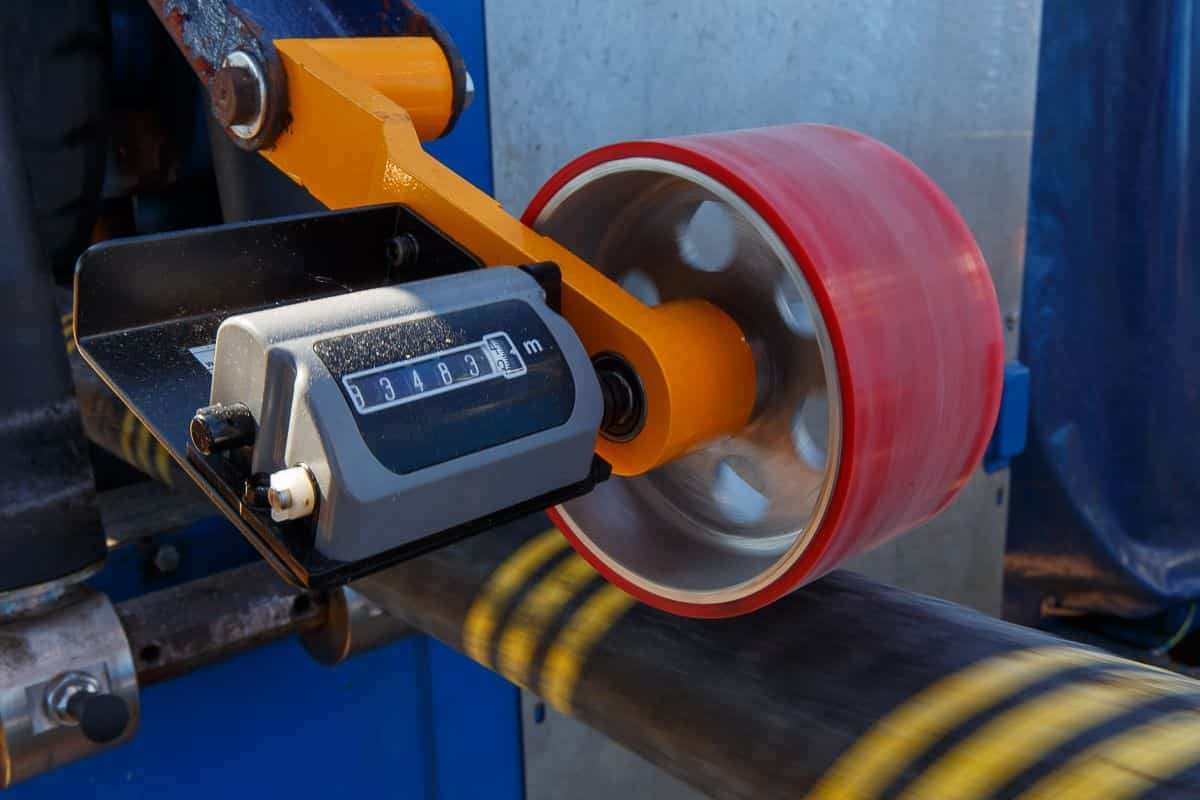
heavy duty pump angle bracket support
The base of the pump needs to be strong enough to support both the pump itself and its motor, and it also needs to be able to maintain the entire assembly in its intended position after it has been installed
It is recommended to embed foundation bolts of the appropriate size in the concrete
It is recommended that a pipe sleeve that is at least two and a half times as large as the bolt be utilized in order to properly position the bolts in their final placements
Place the unit on the base, and then use metal shims to level the pump base
This should be done so that the pump shaft is perpendicular to the ground and the suction and discharge flanges of the pump are level and parallel to the ground
After the alignment is complete, the base can be grouted
Create the midline of the pump as well as the flexible drive shaft and bearings by suspending a plumb line from the floor above
Because the pumps and drivers you receive from the manufacturer will both be sitting on the same base plate, they will be exactly aligned with one another when they are shipped to you
Because every baseplate is flexible to some degree, you cannot rely on it to keep the alignment in the same place it was originally in
The alignment is considered to be finished once the entire unit has been leveled on the foundation, a second time after the unit has been piped, and a third time at regular intervals as specified below
The unit should be positioned on the foundation, and the base plate should be leveled by using rectangular metal blocks and shims, or wedges with a slight taper
There should be a space ranging from three quarters of an inch to one hundred and twelve inches between the base plate and the base of the foundation
The foundation of the pump needs to be sturdy enough to sustain both the pump itself and the motor that powers it, as well as to keep the entire assembly in its designated location once it has been assembled
Casting anchor bolts for the foundation at the appropriate depth into the concrete will ensure they are secure
To secure the bolt in its ultimate location, a pipe sleeve with a diameter that is at least two and a half times that of the bolt should be used
After placing the unit on the base, check that the pump’s shaft is aligned so that it is perpendicular to the ground
Additionally, use metal shims to ensure that the pump’s suction and discharge flanges are aligned so that they are parallel to the ground and level
After the base has been properly aligned, the next step is to consider grouting
Place the flexible drive shaft of the pump as well as the bearings on a plumb line that has been drawn from the ceiling
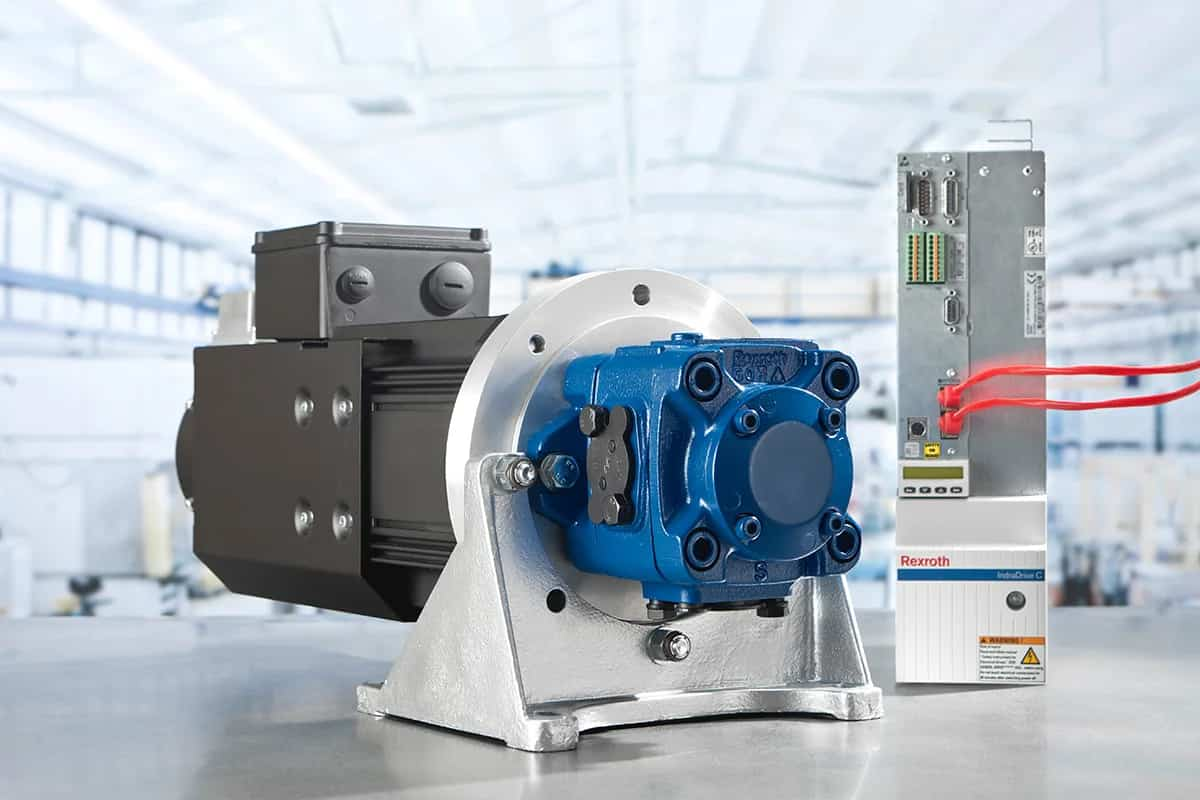
heavy duty pump angle bracket size
The pumps and drivers that you get from the manufacturer will fit together without any problems whatsoever
This is due to the fact that they share a base plate
On account of the intrinsic malleability of the material they are made of, they cannot ever be relied upon to keep everything exactly straight
Alignment is completed after the entire unit has been leveled on the foundation, once again after the unit has been piped, and at regular intervals as described below
After placing the unit on the base, adjust the height of the base plate so that it is level with the rest of the base using shims, shim stock, or tapered wedges
Between the bottom of the base plate and the bottom of the foundation, there must be a space that ranges from 3/4 inches to 112 inches
After mounting is complete, vibration and shifting are eliminated, along with any imperfections in the foundation thanks to the grouting process
To ensure a strong bond, construct a mold around the base plate to hold the grout, then dampen the region
A high-quality, non-shrinking grout should be used to fill the entire base
Grouting typically consists of one part Portland cement, two parts sand, and enough water to create a workable consistency
It’s also a perfect idea to grout the shims, wedges, or leveling pieces into place
When the grout has hardened, usually about 48 hours after pouring, you can then fully tighten the foundation bolts
